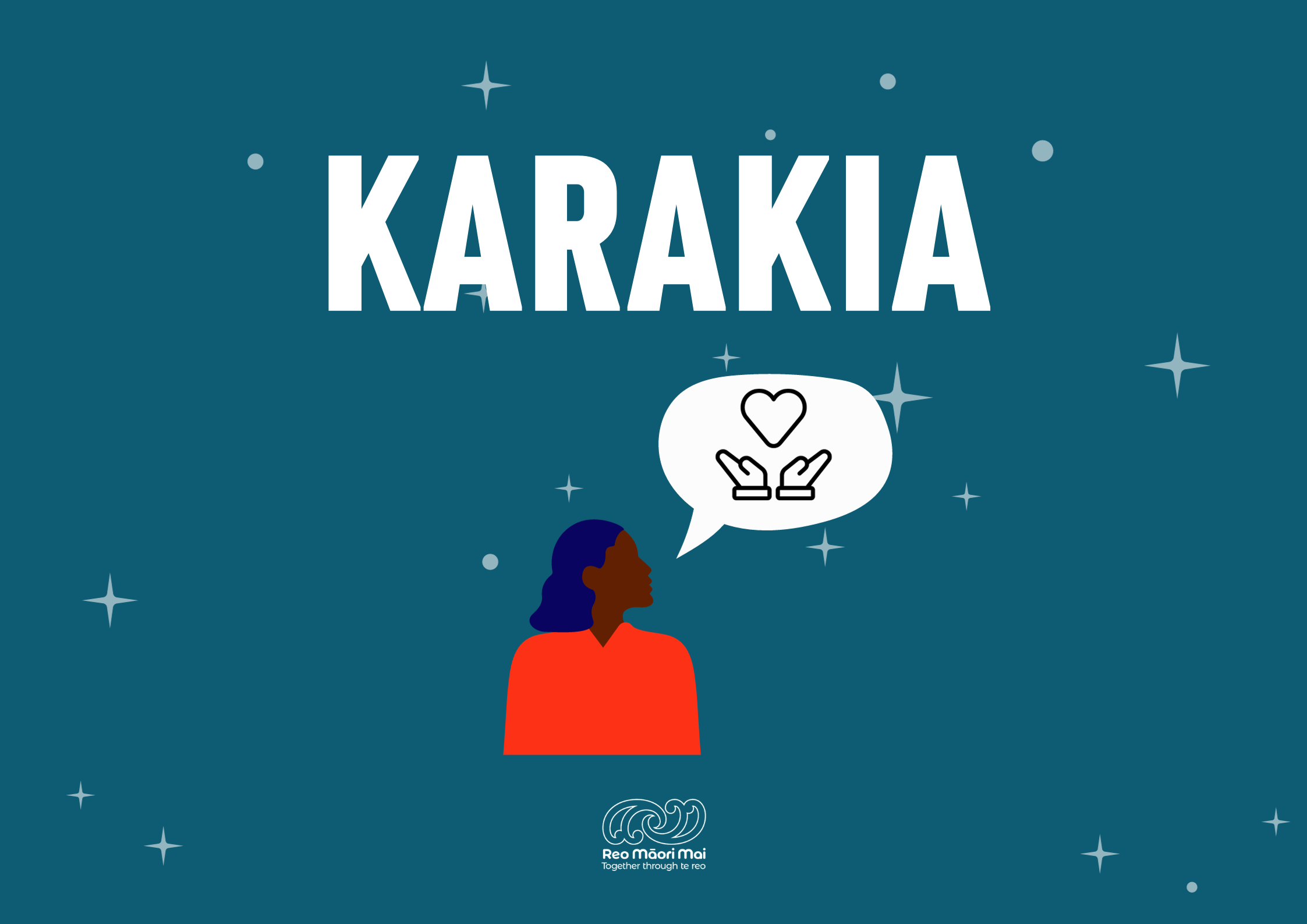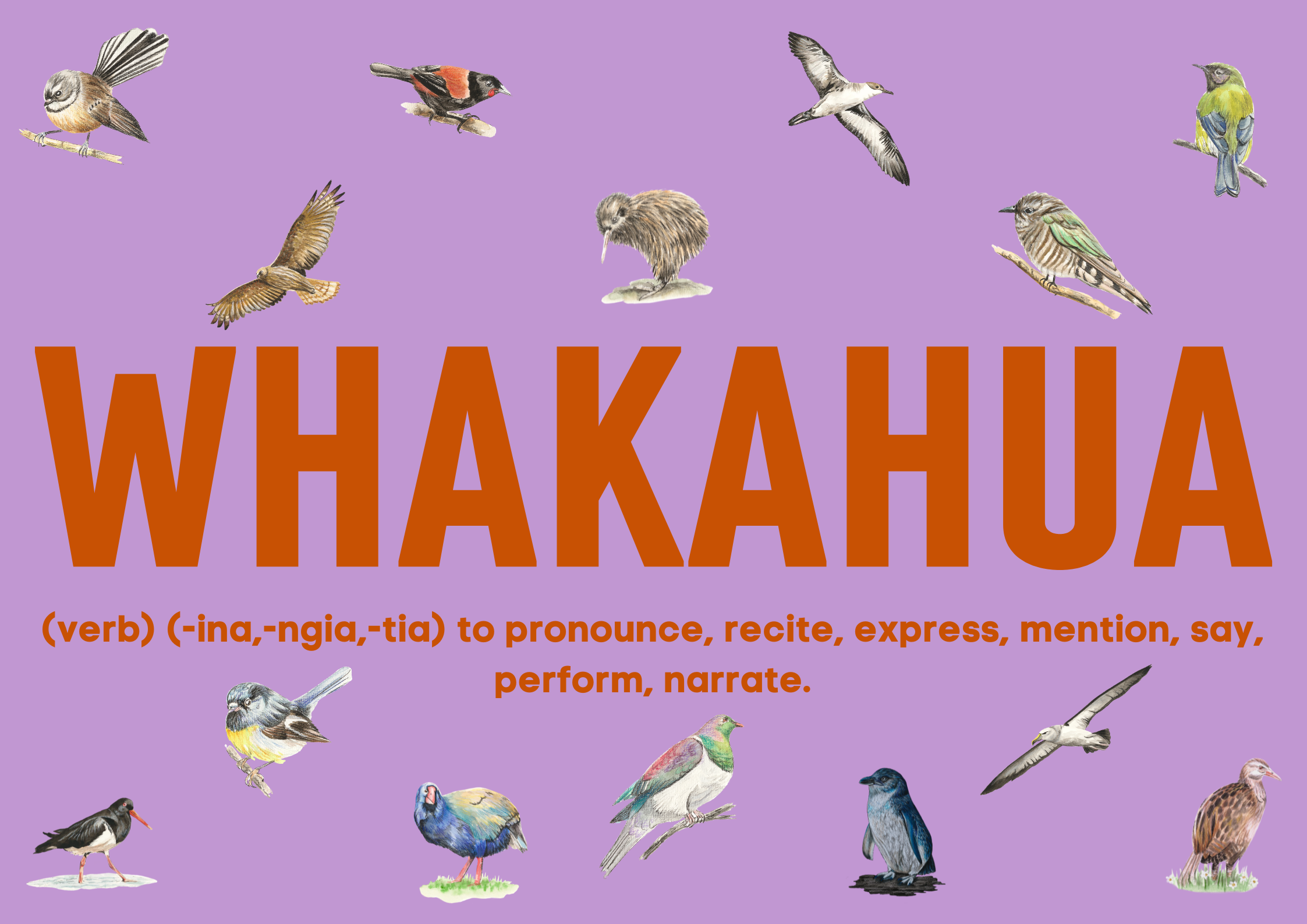Using days, weeks, months and years to measure the passing of time is something probably not given a second thought by many people - that’s just the way life goes. This way of measuring time is part of the Gregorian calendar, a solar ☀️calendar (wātaka) created and implemented in 1582 by Pope Gregory XIII.
Before colonisation, like many other cultures, Māori used a lunar 🌙 / stellar ⭐ / solar ☀️ / environmental 🐟 calendar to keep track of time: the maramataka. It’s important to note that maramataka Māori is not only about the moon, but it is also read in conjunction with the sun and te taiao | the environment in the locality of the reader. The signs from the weather, stars, bodies of water, plants, birds and animals can be interpreted to understand the connections between natural phenomena and a healthy environment, as well as measuring time.
There are a range of different names which were/are used for the moon phases, and for the lunar months themselves. Just like other forms of mātauranga, different iwi, hapū and whānau have their own unique maramataka shaped by their location and their own understandings and connection to te taiao. For some iwi, the new lunar month begins on the new moon and for others it begins on the full moon.
As colonisation imposed a new set of values on this whenua and its people, the worth of taonga tuku iho (like maramataka Māori) was considered by the growing colonial body to be minimal in comparison to the western way of being. Living by the maramataka gave way to following the Gregorian calendar, through colonisation: years of insidious erosion, legislative pressure and at times, violent force.
A key point to understand is that the solar dates for Gregorian months (Jan-Dec) do not line up with the dates for lunar months - they’re different measurements of time, following different celestial bodies.

Amorangi Dr Rangi Matamua shares a lot of this kōrero through his social media, website and resources, providing in-depth explanations about these concepts.
At Reo Māori Mai we prefer to use different reo when talking about the Gregorian calendar than when we’re talking about maramataka Māori - and therefore how we write the date in Māori for the Gregorian wātaka and the maramataka are different from each other. For example, the following could all refer to the same moment in time:
- Monday the 6th of March (Gregorian wātaka)
- Ko Mane te tuaono o Māehe (Gregorian wātaka)
- Ko Ōhua o Te Ngahuru o Poutūterangi (Maramataka Māori - although once the moon rises on this day, Ōhua changes to the name of the next phase)
Which ingoa/kupu to use?
In 1990, Te Taura Whiri i te Reo Māori (the Māori Language Commission) popularised the usage of one set of lunar month ingoa | names for the Gregorian calendar months. These ingoa (Kohitātea, Huitanguru etc) were shared by the tohunga Tūtakangahau of Maungapōhatu (nō Ngāi Tūhoe) to ethnographer Elsdon Best, but have become well-known across the motu.
At the same time, Te Taura Whiri also created a new set of kupu for the days of the week. Our understanding of the whakaaro | thinking behind these kupu was to take the meaning behind Monday - Friday (which relate to Norse gods and planets they rule) and find a parallel with atua Māori and planets they may be associated with.
- Eg. Monday = moon day, Hina = moon, day = rā, and so we have Rāhina
Recent kōrero regarding these kupu has centred on potential unintended consequences of distorting mātauranga Māori to fit a non-Māori concept like a 7 day week. There has been a growing movement to return to using phonetic translations for non-Māori concepts, and to save Māori concepts for Māori contexts.
So which kupu could/should you use?
To the best of our knowledge, at the time of writing (14 Nov 2023), there isn’t one universal version of te reo to use when talking about time.
- Both phonetic translations and Te Taura Whiri kupu are commonly used and understood when referring to days of the week.
- Both phonetic translations and names for lunar months are commonly used when referring to the Jan-Dec calendar.
Our understanding and perspective is that the mixing of reo for lunar months and solar months is problematic. It mixes knowledge systems in a way which doesn’t make sense and can add unnecessary confusion.
For us at Reo Māori mai, the kupu Māori we use when talking about Gregorian months are the phonetic translations:

Some different sets of names used when talking about Māori lunar months are:


We also use these phonetic translations when talking about the days of the week:

You will see this language reflected in our products such as our wātaka.
We encourage you to do some research into the maramataka of your own iwi or that of the hau kāinga where you live. It may also be a good idea to make some observations of te taiao and the night sky near your whare and compare them to the maramataka you are consulting. Take into account your location; are you close to the coast? Do you live inland? Look into the differences which could occur - an iwi maramataka that was developed by a coastal hapū may not apply in the same way to those who live inland.
Here’s some links to further kōrero and rauemi around this kaupapa:
- Maramataka and seasons
- Matariki - learning about maramataka
- Maramataka - Lunar months
- Nights in the maramataka
- How the Gregorian months got their names
- The days of the week and astronomy
- Professor Rangi Matamua - Days of the week
- Rereata Mākiha - Waka Huia
- Maramataka online
Please leave a comment below to let us know if this kōrero has been helpful, and/or if you have further pātai | questions.




1 comment
Nikki Flutey
Tēnā koutou!
What an awesome resource! I am currently studying Te Ara Reo Māori – Ka Pī Ka Pao at TWOA and at the moment we are learning about time, days of the week and the months. We have been taught both versions of kupu for days of the week and months. This blog has given me some further knowledge and context on both sets of kupu which I can add to my own kete as well as my classmates.
E mihi nui ki a koutou,
Nikki Flutey
Tēnā koutou!
What an awesome resource! I am currently studying Te Ara Reo Māori – Ka Pī Ka Pao at TWOA and at the moment we are learning about time, days of the week and the months. We have been taught both versions of kupu for days of the week and months. This blog has given me some further knowledge and context on both sets of kupu which I can add to my own kete as well as my classmates.
E mihi nui ki a koutou,
Nikki Flutey